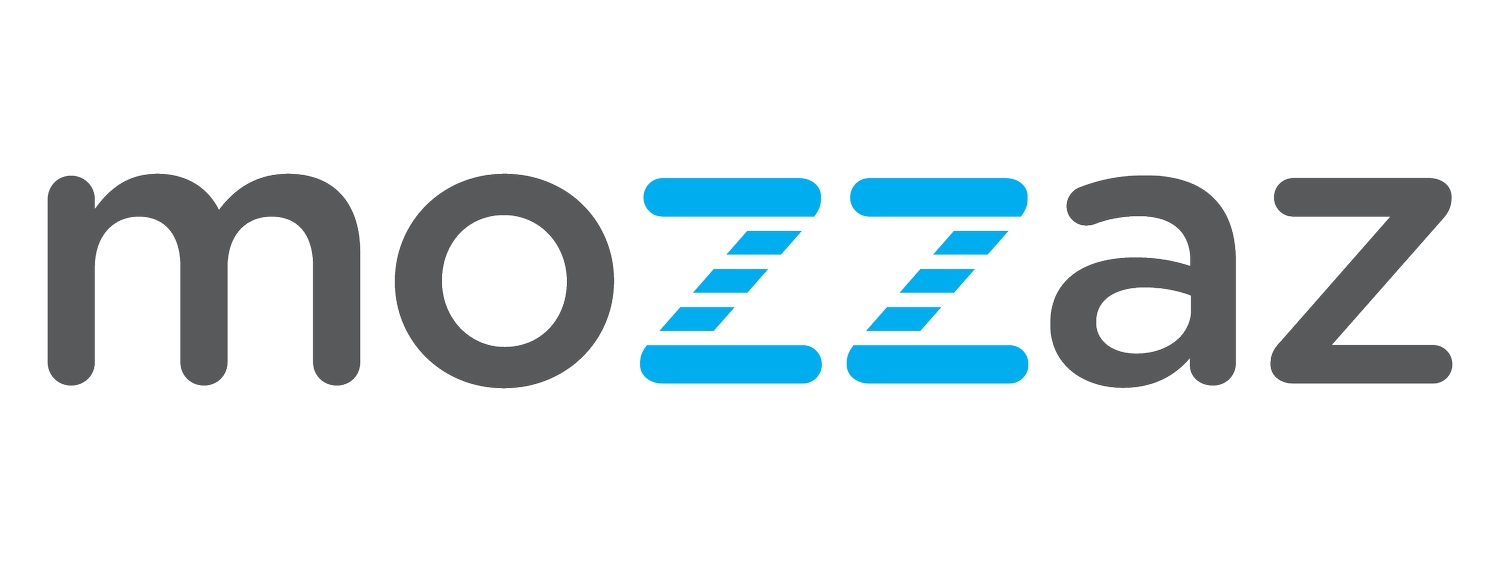A Guide to Remote Patient Monitoring Technology
Prior to the introduction of digital healthcare services, physicians had to tailor their treatments based solely on the information they received during in-person appointments. Medical records and details collected during face-to-face visits do provide valuable insights that help inform effective treatment plans, but this still only represents a relatively small cross-section of a person’s overall health and well-being.
Fortunately, today caregivers have access to a more complete picture. Remote patient monitoring technology is revolutionizing the way healthcare providers interact with the people they treat, as well as how those receiving care participate in their treatments.
What Is Remote Patient Monitoring?
In the most basic terms, remote patient monitoring refers to the collection and transmission of a patient’s vital signs and/or other health information using connected remote patient monitoring devices.
For example, a patient suffering from hypertension may wear a monitor that tracks their blood pressure throughout the day. Meanwhile, their physician can access this information at virtually any time, without the need for an office visit. Remote patient monitoring, like many other clinical technologies, falls under the larger umbrella of telehealth, which is typically defined as the use of technologies to facilitate long-distance clinical care, health administration and education.
Understanding Remote Monitoring Devices
There are a wide range of devices on the market today that measure users’ vital signs in one form or another. The most common of these devices are blood pressure trackers, blood glucose monitors and connected smart-scales for measuring body weight. These various types of equipment connect to the Internet either through Bluetooth or Wi-Fi, so that they can transmit data on a continual basis. One of the most prevalent remote patient monitoring trends in recent years is the development of remote spirometry, which uses a connected spirometer to track a patient’s pulmonary functions.
Applications for Remote Patient Monitoring
There are several chronic conditions where treatment could benefit from the use of remote patient monitoring tools. These can include conditions like:
Obesity: The use of a connected scale can provide doctors with data about a person’s weight and BMI, showing trends that could help with the development and adjustment of a diet and exercise regimen.
Hypertension: Keeping a close eye on a patient’s blood pressure outside of a clinical environment can help physicians and cardiologists manage care and make more relevant recommendations.
Diabetes: Managing the balance of a patient’s blood glucose levels becomes much easier when caregivers can see how it behaves throughout the course of the day.
Respiratory Diseases: For those suffering from cystic fibrosis, emphysema, COPD, and other forms of lung disease, sharing details with their doctors means they can receive more comprehensive care.
How Remote Patient Monitoring Benefits Patients and Physicians
There are numerous reasons this technology has become more prevalent over the last several years. Among the many benefits it offers to caregivers and patients are:
Access: Those receiving care no longer need to wait for a doctor’s visit to share important details about their conditions and receive feedback.
Outcomes: With more detailed information available to them, providers can create treatment plans that are more tailored patient’s needs and more likely to succeed. This keeps patients healthy and out of the hospital.
Compliance: Patients who use these technologies have been found to be more likely to follow their doctors’ advice and guidance
Convenience: Because these devices are always collecting data, patients don’t need to spend as much time in a physician’s office or other clinical setting.
As a recognized leader in digital health solutions, Mozzaz has the expertise necessary to help your organization employ remote patient monitoring technology to optimize patient care and treatment outcomes. If you’re interested in learning more about the implementation of digital healthcare, get in touch with us today. Let’s work together to build a successful strategy for your organization.

